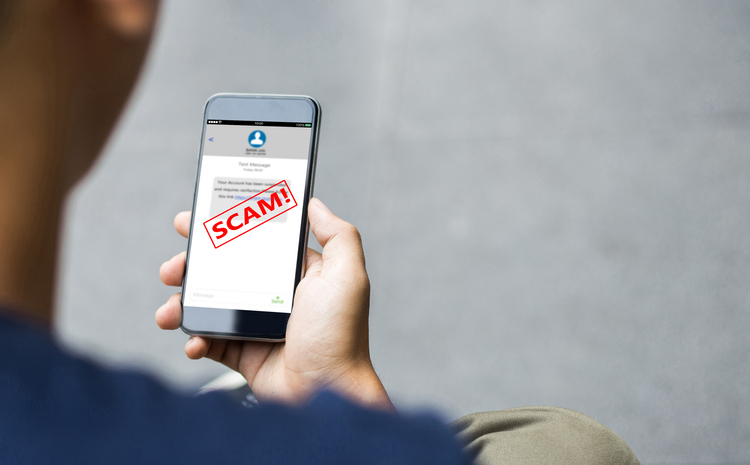Las Compañías De Electricidad De Tampa Planean Restaurar El Servicio En Todas Las Áreas El Domingo
Photo by Finnbarr Webster/Getty Images)
Cerca de 43,000 hombres y mujeres han estado trabajando las 24 horas del día para restaurar la energía a los floridanos. Hasta ahora, la electricidad ha regresado a 2 millones de personas que perdieron durante el huracán Ian.
Kevin Guthrie, director de la División de Manejo de Emergencias de Florida, dijo el lunes que el objetivo es restaurar la energía para todos, que pueden recibir energía y su red eléctrica no está dañada, para el Domingo.
Aquí hay un desglose de los cortes de energía, basado en las cifras del Lunes por la mañana:
Condado de Charlotte: 56.92%
Condado de Lee: 56.46% sin electricidad
Condado de Sarasota: 55.92%
Condado de DeSoto: 46.37%
Condado de Hardee: 39.09%
Condado de Hendry: 21.16 %
Condado de Manatí: 17.01 %
Condado de Collier: 13.66%
Condado de Tierras Altas: 10.91%
Condado de Volusia: 10.39%
Condado de Glades: 5.71%
Condado Seminole: 4.96%
Condado de Polk: 2.05%
Partes de Florida aún permanecen bajo el agua. La gente andaba en kayak o usaba botes de aire para moverse por sus calles. Cientos de miles todavía están sin electricidad, aproximadamente 621,000. Los helicópteros de la Guardia Nacional están realizando misiones de rescate para los residentes que permanecen varados en las islas de barrera.FUENTE:
Safety Tips To Recover From A Hurricane
As any major storm passes through Tampa Bay or Florida, it’s important to remember safe ways to recover from a hurricane. After the worst is over, it still may be advised to stay in shelter as you are unaware of road conditions. If you have evacuated your home, it is best to stay in your shelter as you may not be able to access or have power at your house.
You’ve made it through the wind and the rain. Notoriously, there’s debris and streets are flooded. You’re initial instincts are probably to go outside to take a look at the damage, but that is when most injuries, and unfortunately, deaths take place. From fallen powerline and generator injuries, to car accidents from flooded streets, these are just a few reasons why after a storm is just as dangerous.
What is storm surge?
Storm surge happens when hurricanes start to churn along the coast. The NOAA explains that storm surge is produced by water being pushed toward the shore by the force of the winds moving cyclonically.
Storm surge can be one of the most dangerous aspects of the a hurricane. In the past, large death tolls have resulted from the rise of the ocean associated with many of the major hurricanes. Just last year, Fort Myers Beach saw at least 13.8 feet of storm surge after Hurricane Ian.
With the help of the CDC website, we made a list of important safety tips to recover from a hurricane.





